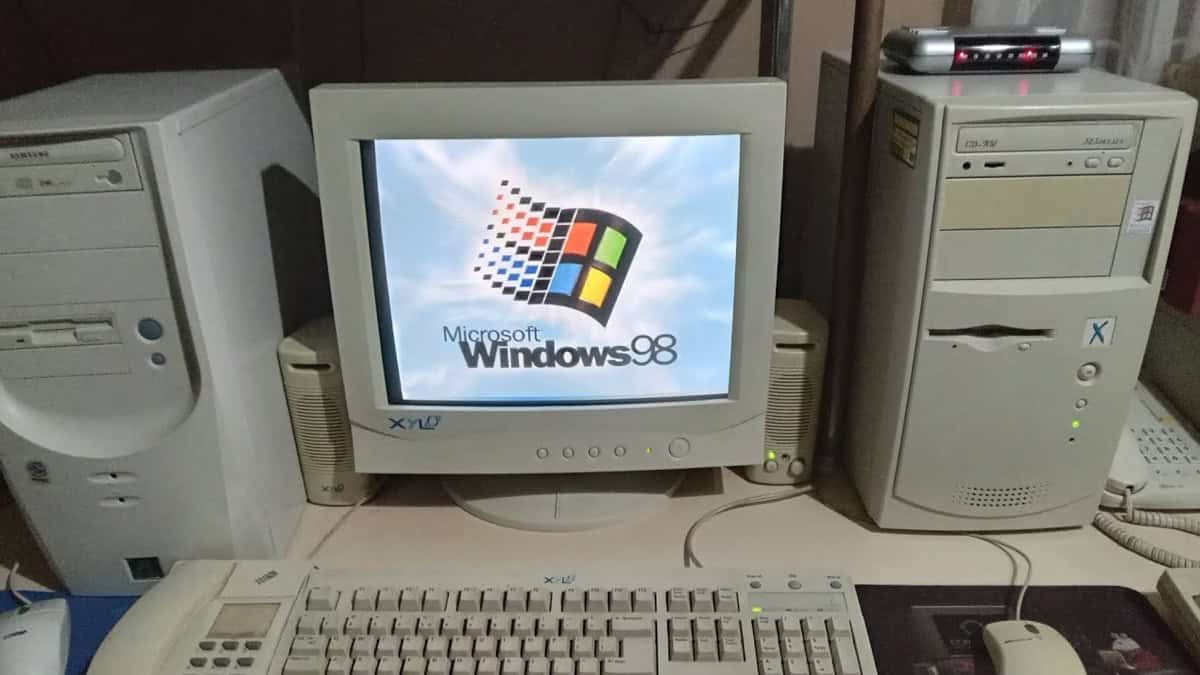In today’s fast-moving tech world, it’s surprising to see ancient Windows computers still running on critical systems. From elevators to ATMs, outdated software like Windows XP and even Windows NT (launched in 1993) powers essential services.
These systems, though reliable, pose unique challenges for users and organizations globally, including India.
Why Are Old Systems Still in Use?
The main reason behind this tech time warp is cost. Upgrading hardware and software, especially for specialized machines like ATMs, involves huge expenses.
Elvis Montiero, an ATM technician from Newark, explains that many ATMs still run Windows XP due to its stability and integration with banking systems. This is despite Microsoft ending support in 2014. Rewriting software or ensuring compliance with new regulations adds to the financial burden.
Beyond ATMs, old Windows versions are embedded unexpectedly. In Germany, high-speed trains rely on Windows 3.11, a system over 30 years old, to operate driver displays. Deutsche Bahn notes that trains have a long service life, often up to 30 years, so stable systems are retained if they meet safety standards.
Challenges and Risks
Using outdated systems has risks. Security is a major concern since Microsoft no longer provides updates for Windows XP. Hackers can exploit unpatched vulnerabilities, as seen in past attacks like WannaCry ransomware on Windows 7 systems.
For everyday users like doctors or government workers, slow boot times and text-based interfaces make tasks frustratingly slow.
A Glimpse of Hope
Some see value in preserving old methods of communication. In the US, D Grigar at Washington State University maintains vintage computers to showcase early digital art, proving not all ancient systems are burdens.
Yet, for most, the struggle remains real. As Windows 10 support ends in October 2025, millions face a choice-upgrade to Windows 11, pay for extended support, or risk security by sticking to unsupported systems.
In India, where tech adoption varies widely, legacy systems might still linger in small businesses or government offices. The lesson is clear: Balancing cost with security is a global tech challenge.
